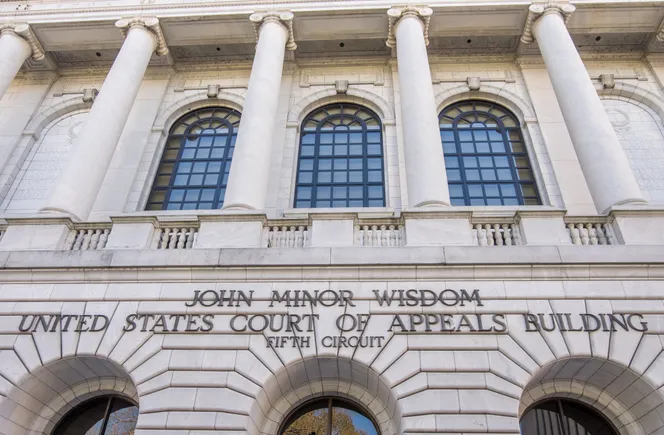Dive Brief:
- A federal district court in Virginia dismissed allegations by five former Gannett journalists that the mass media holding company and publisher of USA Today maintained a discriminatory diversity policy they claimed led directly to their terminations or other adverse actions because they are White, according to an Aug. 20 ruling (Bradley, et. al. v. Gannett Co., Inc.).
- “[T]the Policy alone (however it is defined) does not establish disparate treatment,” and the journalists failed to otherwise plausibly allege that “but for” their race, they “would have not suffered the loss of a legally protected right,” the court held.
- The journalists sued under Section 1981 of the Civil Rights Act of 1866, which prohibits race discrimination in the making and enforcing of contracts. Although they already amended their complaint once, they did so without the benefit of the court’s analysis of their claims, the court said. It gave them 30 days — until Sept. 19 — to amend their complaint one last time.
Dive Insight:
As experts predicted, the U.S. Supreme Court’s June 2023 ruling in Students for Fair Admissions, Inc. v. President and Fellows of Harvard College — which held that race-conscious admissions policies at Harvard and the University of North Carolina violated the Fourteenth Amendment’s Equal Protection Clause and Title VI of the Civil Rights Act of 1964 — escalated challenges to workplace diversity initiatives.
The journalists brought this case against Gannett two months after SFFA was decided, making it one of the first employment-related lawsuits to be filed in the wake of the ruling, Cara Yates Crotty of the law firm Constangy, Brooks, Smith & Prophete noted in a Sept. 11 post.
Now, it’s one of the first cases to be dismissed on the merits, Crotty wrote.
In the Gannett case, U.S. District Judge Rossie D. Alston Jr. offered clarifying words for both sides of the debate: “Courts have recognized that ‘the mere existence of a diversity policy, without more’ is insufficient to make out a prima facie case of discrimination,” Alston wrote, citing a West Virginia district court ruling.
That ruling, Alston said, recognized that a “goal of increasing diversity” is “legitimate and lawful.”
Although the SFFA decision doesn’t directly affect employment, it echoes Title VII, which prohibits discrimination on the basis of race, color, national origin, religion or sex, Hunton Andrews Kurth attorneys Amber Rogers and Meredith Gregston pointed out in an op-ed for HR Dive last year.
And like Title VII, Section 1981 applies to “reverse discrimination” cases in which “a member of the white majority alleges that [he or] she suffered adverse employment action on account of their race,” Alston explained here.
This means employers should be prepared for complaints that their DEI initiatives are “reverse discrimination,” Rogers and Gregston cautioned.
To protect against liability, employers should avoid making employment-related decisions based on race, sex or other protected categories or financially incentivizing managers or leaders to meet related diversity goals, the attorneys recommended.
Additionally, Title VII expressly prohibits three practices that employers must clearly avoid, Jonathan Segal, a partner with Duane Morris, told HR professionals during SHRM’s annual conference in June: 1) Quotas, such as deciding that a certain percentage of the workforce will be comprised of a particular minority group; 2) set asides, which involve setting aside a job opening for someone because of their race or other Title VII factor; and 3) preferences, where the employer offers a job to one of two equally qualified candidates because of a Title VII factor.
In 2020, Gannett acknowledged a policy designed to achieve “racial and gender parity with the diversity of our nation, throughout our workforce,” according to court records. The journalists did not include it in their complaint but instead attached an “Inclusion Report” as a purported stand-in for the policy.
However, the inclusion report is “vague and aspirational” and does not establish race discrimination, Alston held.
In particular, and contrary to the journalists’ allegations, Alston pointed out that the report does not:
- provide any specific plans for how diversity goals are to be achieved;
- define specific quotas for any job or the workforce; or
- refer to a caste system “designating a hierarchical preference for certain racial groups over others.”
Rather, it purports to embrace “fair treatment for all” and making sure everyone “has equal opportunities to thrive,” Alston noted.






Leave a Reply